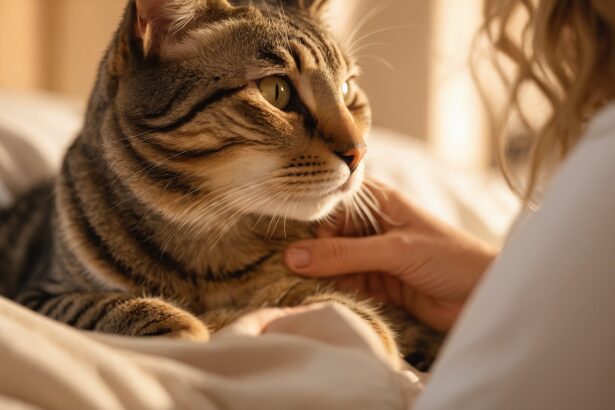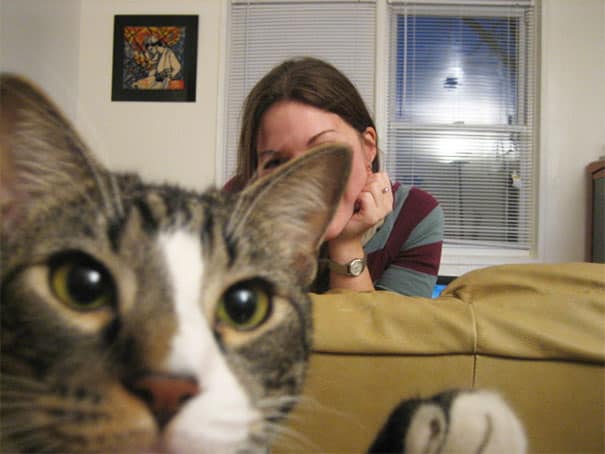Cat breeds, decoded: how to find your perfect match
Being swept away by the silky fluff of a Persian or the piercing gaze of a Siamese? Totally understandable. But behind every adorable face lies a distinct temperament, care routine, and energy level. The right cat isn’t just beautiful — she’s the one who fits your rhythms, your home, and your heart for the next 15–20 years.
Ready to turn that crush into a happy, long-term match? Let’s gently sift through what matters, what surprises most people, and how to prepare your nest for a smooth arrival.
Why choosing the right cat breed matters
While cats share a common DNA blueprint, breeds tend to differ in size, grooming needs, chatter level, social appetite, and predispositions. Picking “by looks only” can backfire if your new queen loves parkour at 3 a.m. while you worship quiet mornings.
Common mistake to avoid: choosing a long-haired beauty without planning daily grooming. Knots can form fast, pulling on the skin and causing discomfort — not fun for either of you.
If you’re considering papers and lineage, take a look at this practical guide to choosing a pedigree cat — it helps you ask the right questions before you fall in love.
Match your lifestyle first
- Busy schedule? Independent, low-maintenance coats can help (think short hair, moderate energy).
- Work from home? People-oriented, vocal breeds may thrive with your company.
- Kids or other pets? Gentle, patient personalities make a world of difference.
A little-known but fascinating fact
Siamese kittens are born almost white! Their color “points” appear as they grow because a temperature-sensitive enzyme darkens cooler body parts like ears, nose, paws, and tail. Science, but make it cute.
Popular breeds and who they suit
The Domestic (alley) cat
The domestic cat is the charming surprise box of the feline world: mixed ancestry, varied looks, and wonderfully adaptable personalities. Many are resilient, playful, and fabulously loyal — a perfect choice if you value character over pedigree.
Curious about caring for one? This complete alley cat guide has gentle, real-life tips for a happy home.
Persian
Iconic round face, dreamy coat, calm aura. Persians tend to adore serenity and daily attention — especially for grooming. They shine in peaceful homes that appreciate a slow, soft routine.
- Good for: Quiet households, cuddle lovers.
- Care level: High grooming commitment; regular eye care.
Siamese
Elegant, expressive, and not shy about their opinion. Siamese cats are very social and often “talkative” — perfect if you want a feline who feels like a tiny, gorgeous roommate.
- Good for: Companionship and conversation.
- Care level: Moderate; needs attention and enrichment.
More fabulous felines worth meeting
- Maine Coon: Large, gentle, and playful — think teddy bear with whiskers.
- Ragdoll: Relaxed and affectionate; famous for their cuddly, easygoing vibe.
- Bengal: Athletic and curious — brilliant if you love interactive play and puzzles. Explore our Bengal guide to see if their energy matches yours.
- Siberian: A robust, friendly cat; some individuals are reported to produce less Fel d 1 (the main allergen) — but no breed is truly hypoallergenic. Meet the breed here: Siberian cat guide.
Prefer a zen companion? This selection of the calmest cat breeds can help you shortlist peaceful personalities.
How to choose with confidence
Research that really helps
- Read breed guides and owner experiences; note patterns in temperament, activity level, and care.
- Meet adults as well as kittens — adult behavior is a clearer window into the future.
- Ask shelters or breeders for videos at wake-up and mealtime; you’ll see true energy, appetite, and social habits.
Practical tip: Make a three-column list: Must-have, Nice-to-have, and Deal-breakers (e.g., vocal level, grooming time, kid-friendliness). Test each breed against it — the right match pops out quickly.
Grooming is a big part of comfort and bonding. If you’re new to it, this friendly cat grooming guide covers what to do, how often, and how to keep it stress-free.
Allergies and health
If allergies are in the household, meet individual cats before adopting and spend time together. Some people react differently to different cats — even within the same breed.
- No breed is 100% hypoallergenic.
- Some individuals from breeds like Siberian may produce less Fel d 1, but results vary by cat.
- Ventilation, frequent cleaning, and bedroom-free zones can help.
Budget and time check
- One-time costs: Adoption fee or purchase, initial vet visit, essentials (litter box, carrier, scratcher, bowls).
- Ongoing costs: Quality food, litter, routine vet care, grooming tools or sessions.
- Time investment: Play, enrichment, brushing, and cozy cuddles (arguably the best part).
Adopting: preparation and smooth integration
Before your cat comes home
- Set up a quiet “base camp” room with litter, water, food, bed, and hiding spots.
- Offer vertical spaces (shelves, cat tree) and a scratching surface.
- Have a routine ready: cats love predictability.
First days at home
- Let her explore at her pace; keep introductions to kids and pets slow and positive.
- Use scent swapping before face-to-face meetings (blankets or toys).
- Celebrate small wins — eating, grooming, and using the litter box are great early signs.
If you’re leaning toward a talkative, people-focused breed, peek at our Siamese guide to prep your home and routine for a social butterfly.
A companion for life
Choosing a cat is a heart-led decision — and a practical one. With a bit of research and honest self-checks, you’ll welcome a feline who blossoms by your side, offering affection, antics, and years of shared rituals.
One more pitfall to skip: rushing into a second cat “so they won’t be lonely.” Some cats adore “only-cat” life. Make the first bond strong, then assess calmly if your queen truly wants a roommate.
FAQ
What cat breed is best for apartment living?
Look for calm or moderately active breeds and good self-entertainers. Ragdoll, British Shorthair, or some adult domestics can be lovely choices — personality matters more than square meters.
Are there truly hypoallergenic cat breeds?
No breed is completely hypoallergenic. Some individuals (e.g., among Siberians) may produce less Fel d 1, but reactions vary by person and by cat. Meet the cat first and test your response.
How do I spot a responsible breeder?
Transparent health testing, clean environment, socialized kittens, contracts, and lifetime advice are good signs. Avoid anyone unwilling to show parents, paperwork, or living conditions.
Should I adopt one cat or two?
It depends on the cat’s personality and your time. Some thrive solo; others enjoy a feline friend. Start with one, settle in, then reassess calmly before adding a second.








